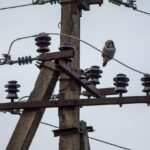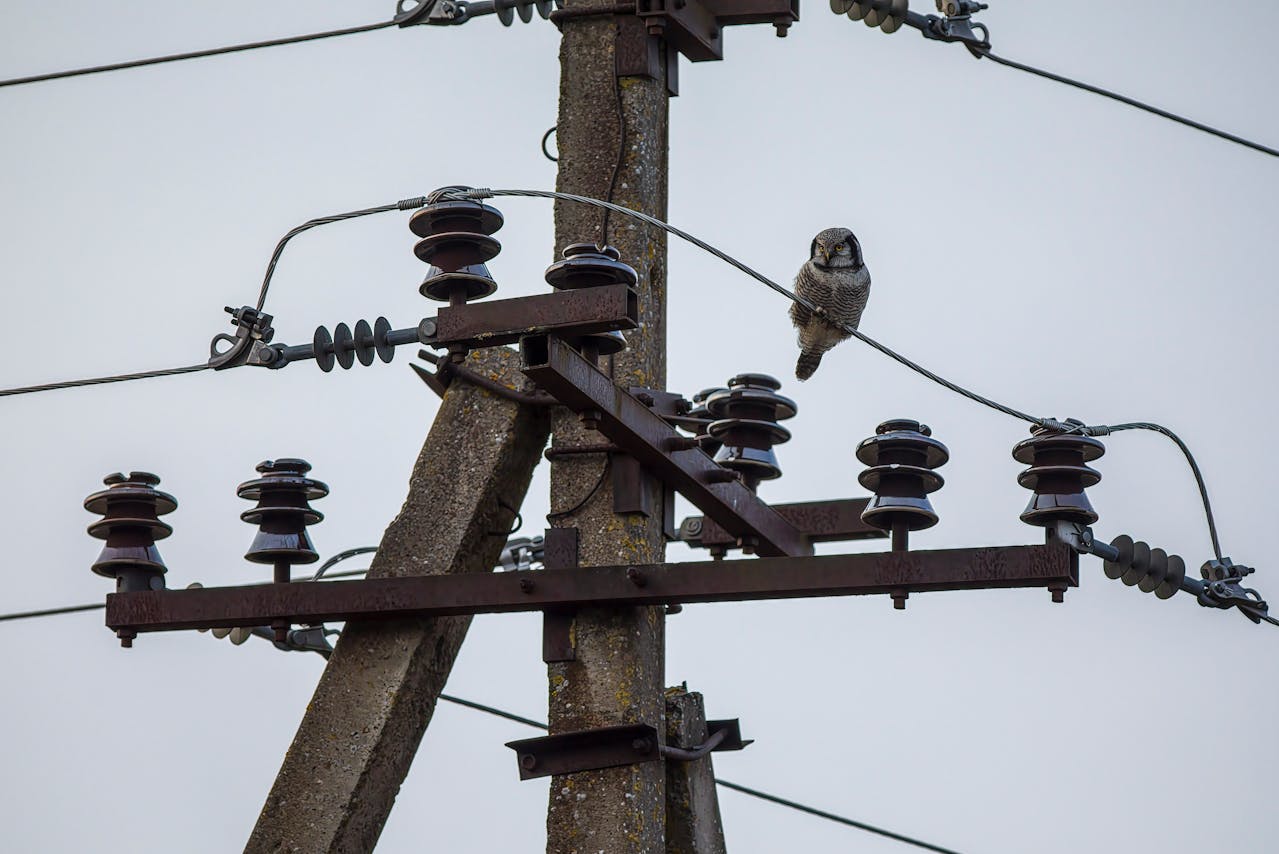Federal regulators are considering the effects modernizing America’s energy grid will have on wildlife. A 2023 NatureServe report showed 40% of animals are at risk of extinction and 41% of ecosystems are at risk of range-wide collapse; photo via Pexels.com.
Conservation groups in Massachusetts are backing the Biden Administration’s new plan to update the nation’s power grid.
Studies show the U.S. must double its existing transmission capacity to meet clean-energy goals over the next decade.
Veronica Ung-Kono, staff attorney for the National Wildlife Federation, said a new planning rule will allow grid operators to maximize our existing grid before building new infrastructure.
“We just have to find a way to responsibly build that is mindful of wildlife,” Ung-Kono urged. “Knowing that so many species are already at risk.”
Critics of the planning rule said it could allow states wanting to install more renewable energy to pass those costs onto others but Ung-Kono countered those states not directly benefiting from the transmission build-out will not have to pay for it.
The nation’s aging power grid is responsible for a quarter of U.S. greenhouse gas emissions and federal regulators cited the importance of grid resilience in the face of climate change.
Ung-Kono pointed out the new planning rule considers impacts on air quality and noise pollution as well as the needs of tribal nations and environmental justice communities.
“This is the first time that we have seen the Federal Energy Regulatory Commission specifically want to uplift the priorities and needs of these populations of people while also balancing the needs of wildlife,” Ung-Kono observed.
Ung-Kono added the new transmission planning rule also requires grid operators to plan at least 20 years ahead in order to identify long-term energy needs. The Biden Administration has set an initial goal of upgrading 100,000 miles of transmission lines over the next five years, unlocking hundreds of gigawatts of additional clean energy.






